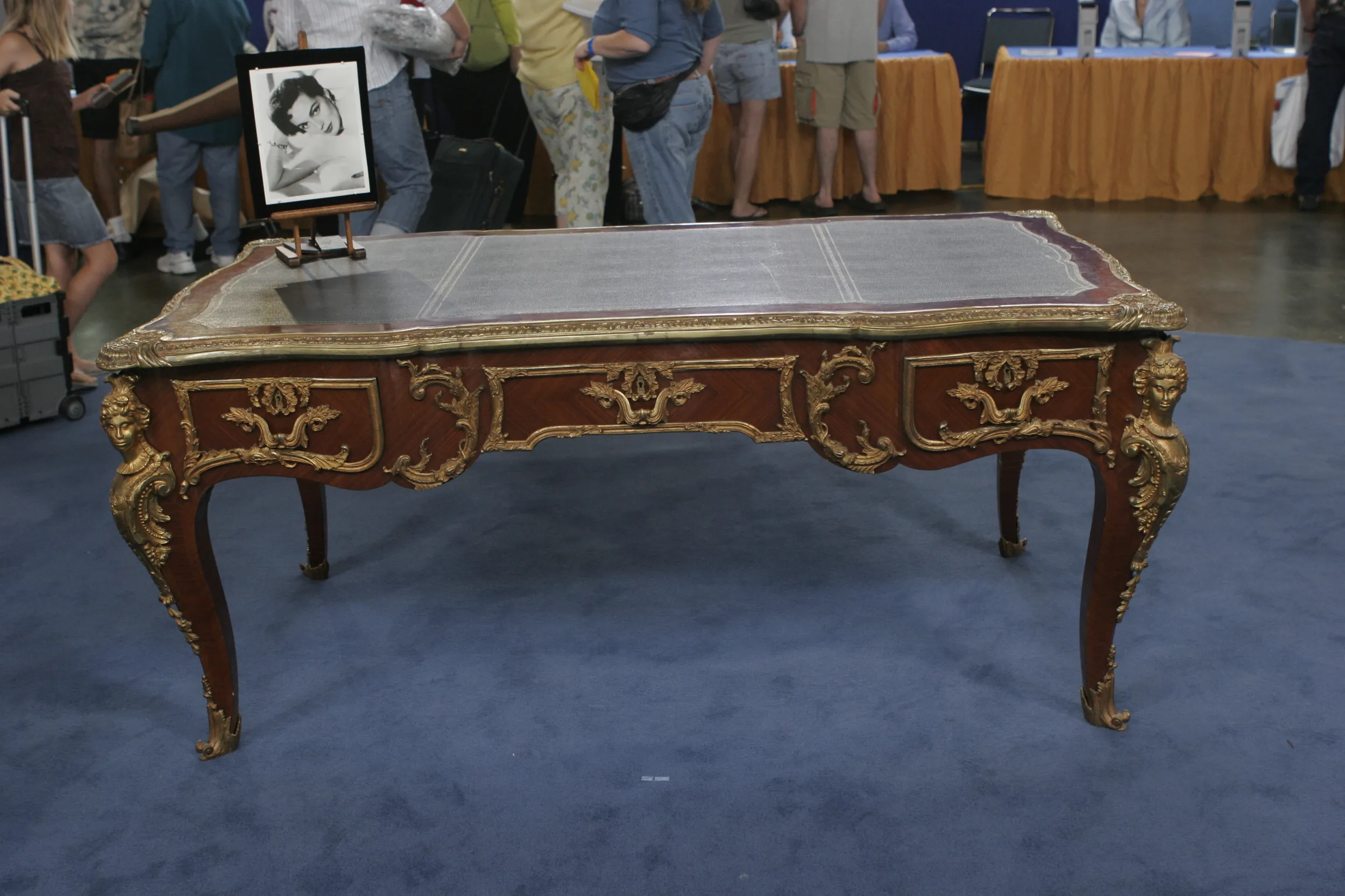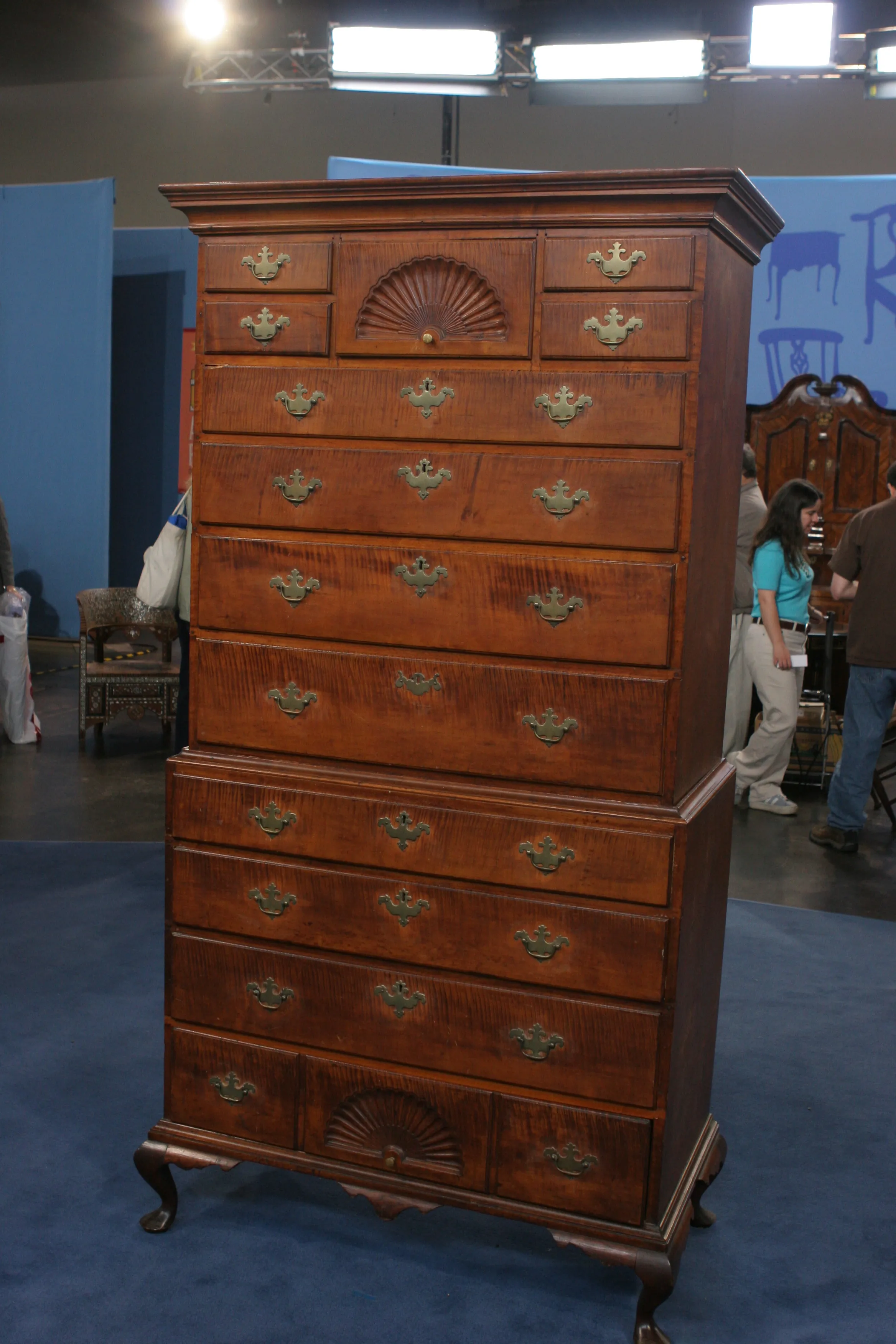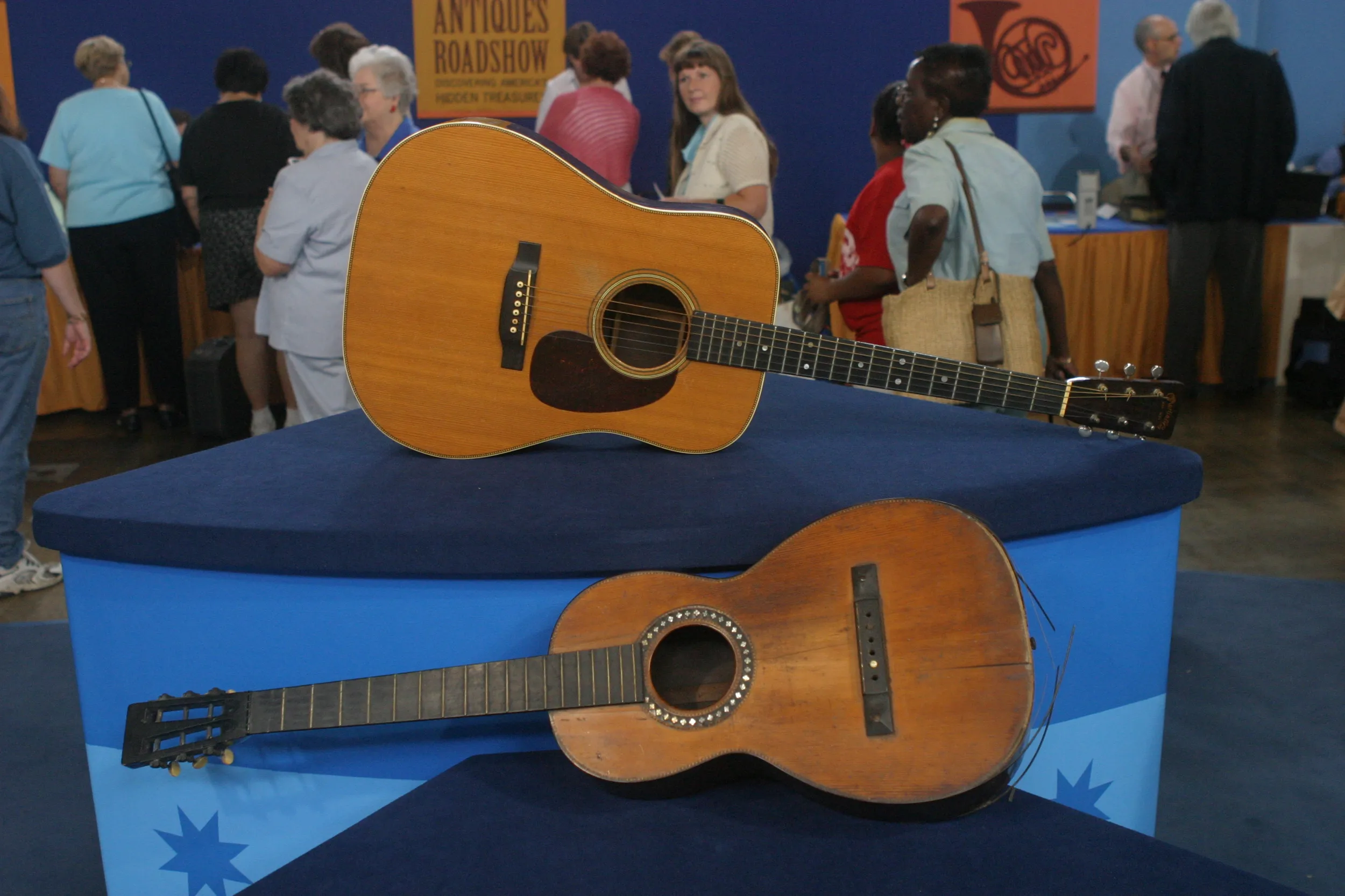GUEST: It belonged to my grandfather originally. He bought it in 1909 for $18. And that's about all I know from, you know, the family history.
APPRAISER: Well, it was made by Isaac Jackson in London Grove, Pennsylvania, and his name is on the dial. It's a very early American clock. Isaac Jackson was born in 1734, so he would have finished his apprenticeship and been old enough to make clocks by about 1755. So I think this clock was made within about ten years of that, so maybe 1755 to '65. In American clocks, that's very early. And one of the things that indicates how early it is is the fact that it only has a single hand here, no minute hand, so you have to guess at what the time is, which makes telling time a little difficult. And it's important to realize that when this was made, very few people had a clock of any kind. So only a fraction of the people who lived in Pennsylvania had any type of clock at all. They learned the time from the clock in the church steeple. Time was not as important a commodity in those days, so they didn't need to know to the minute what time it was like we do today. It has this wonderful composite dial with applied spandrels and chapter ring, and here we have the calendar. And it's in a very nice walnut case with an old surface. What I like about the case is the fact that it still has its sarcophagus top. Now, very often on these early clocks the top has been removed. Sometimes it was a separate piece that was lost. The case has a very Quaker style to it. Jackson was a Quaker, and his clientele; many of them would have been Quakers as well. So it has a very plain but nice case. It has this wonderful hand-wrought replacement latch, which is very early, but you can see originally it had an iron lock here. But the fact that that's missing doesn't affect the value very much. And inside we have the original weight and pendulum. This clock does not have winding holes in the dial, which indicates to us that it's a one-day clock. You don't wind it up with a crank, you wind it by pulling the chain inside, which means it only runs for one day. It certainly had glass in the door at one point, which is missing, but that doesn't really affect its value. On today's market, a retail collector would pay about $7,500 for this clock. Your grandfather made a good purchase. The market has come down a bit. Just a few years ago this would have been maybe a $10,000 or $12,000 clock.









